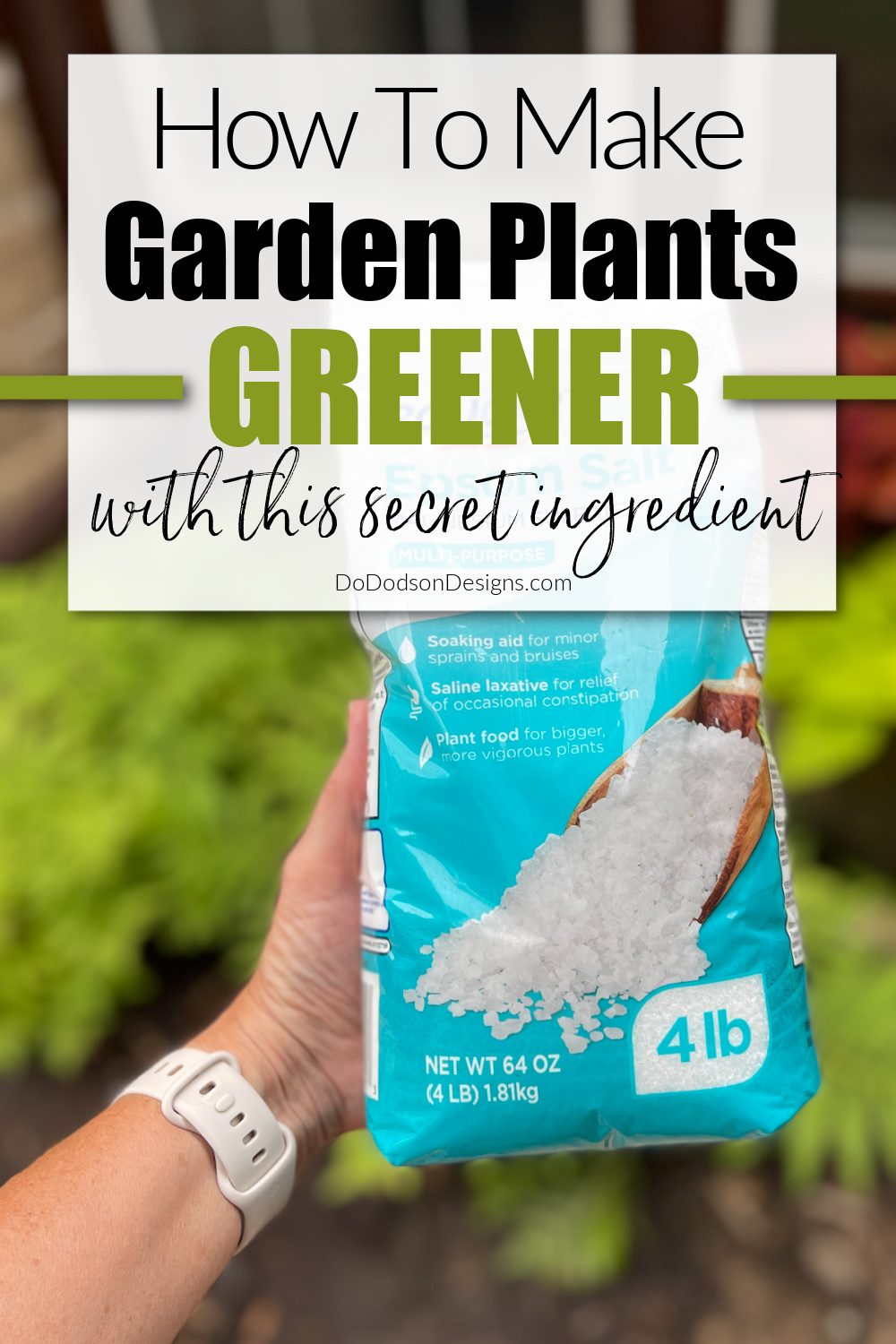
Hey, triple-D friends! If you’re a plant lover like me, you might have wondered why some plants have dull and lifeless leaves while some have vibrant green foliage. The secret lies in a single ingredient that can make your plants healthier and greener than ever before. Hold on to your socks because this will change everything in your plant world.
* As an Amazon Associate, I earn from qualifying purchases and through other companies as well. You will not be charged extra when you purchase through these affiliate links, but any income I make helps me create more amazing DIY projects to share with you! To see my full disclaimer, click here!
How To Make Plants Greener
A few years ago, a friend of mine told me that using Epsom Salts made her house and garden plants perk up. Salt on plants? No way! I just shook it off and went on my way. What does she know? So, I looked it up, and the joke was on me! CLICK HERE to learn more about using it in the garden.
With our recent move back to the country, I’ve been working like a crazy gardening lady getting all the flowerbeds prepped and ready for Spring. I was struggling trying to keep the new plants I purchased from turning yellow and then meeting their maker before getting them in the ground.
No matter how much I loved on them, I couldn’t seem to keep them luscious and green. It’s frustrating to see your greenery struggle, but fortunately, I did some research to find that the Epsom Salt tip she had shared with me was true. Silly me!
That’s right, the stuff I used to soak my feet in has transformed my garden plants from dull and lifeless to vibrant and healthy. Today I’ll explain why these magical salts are a must for your plants, how to determine if your plants need them, tips for adding them to your soil, and precautions to take along the way. Get ready to give your plants the makeover they deserve with the secret ingredient for greener foliage and more blooms.
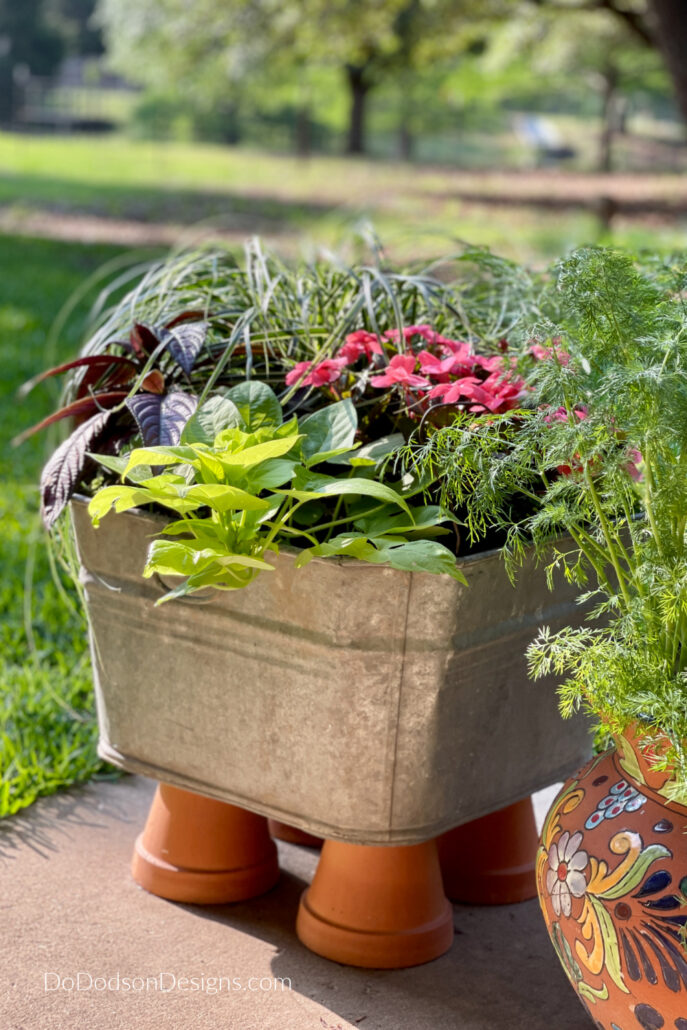
Where To Find Epsom Salt For Your Plants
Firstly, did you know that Epsom Salt is simply magnesium? It’s a key nutrient for plants and vegetables. It helps in the germination of seeds, grows bushier healthy plants, helps to produce more blooms on your flowers, and it’s a pest deterrent. Sign me up! We have a lot of critters in Texas.
Don’t bother looking for magnesium sulfate in the garden section unless you want to pay a premium price. Head on over to the medical department in your local Walmart and pick up the cheapest generic (Equate) brand you can find. But make sure it doesn’t contain oils or a scent additive. Oils are added for soaking your body parts, not plants. Save the oily kind of Epsom Salt for your achy, tired feet after a long day of gardening.
I get mine at Walmart in a 4 lb bag, and it lasts me throughout the growing season for less than $5. Here’s a link below to what I use.
It’s also a great supplement to your regular fertilizing routine.
- 100 % Magnesium Sulfate (Epsom Salts)
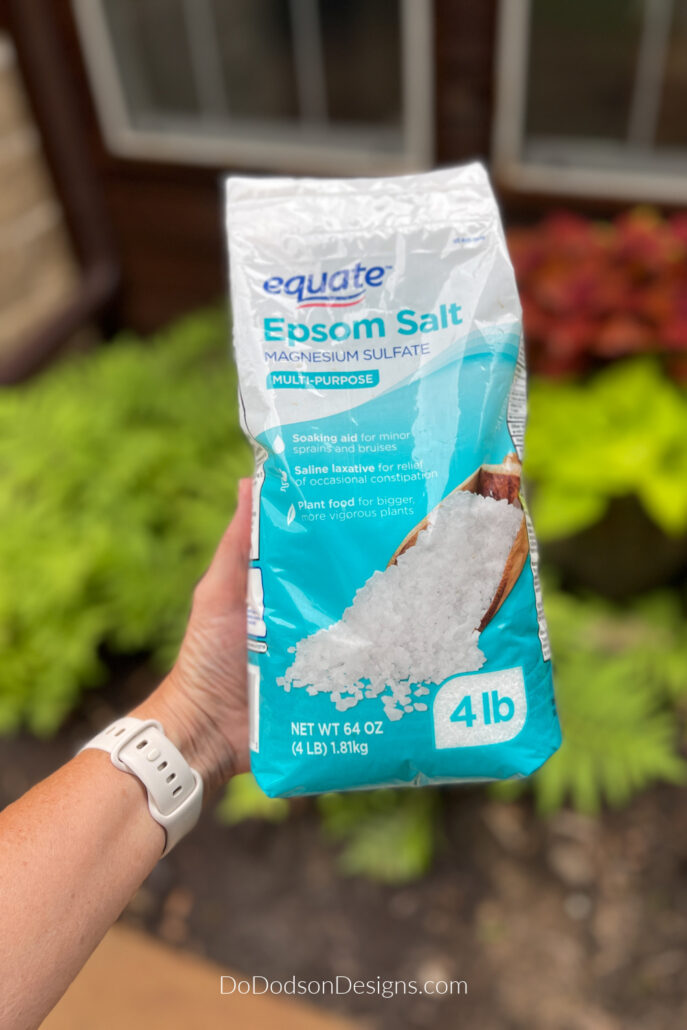
Why Magnesium is a Must for Your Plants
To make the most of magnesium’s transformative powers, you first need to determine if your plants are lacking in this essential nutrient. The good news is that there are several telltale signs that your plants need more magnesium. If your plants have yellow or white streaks on their leaves, or if the veins of the leaves are darker than the surrounding tissue, magnesium deficiency could be the culprit. In severe cases, the leaves may even curl or cup upwards.
It’s important to note that while magnesium deficiency is common in many types of plants, it can also be caused by overwatering, as excessive moisture can wash away the mineral from the soil. Therefore, it’s important to properly diagnose the issue before adding magnesium to your soil. In the next section, we’ll take a closer look at how to do just that.
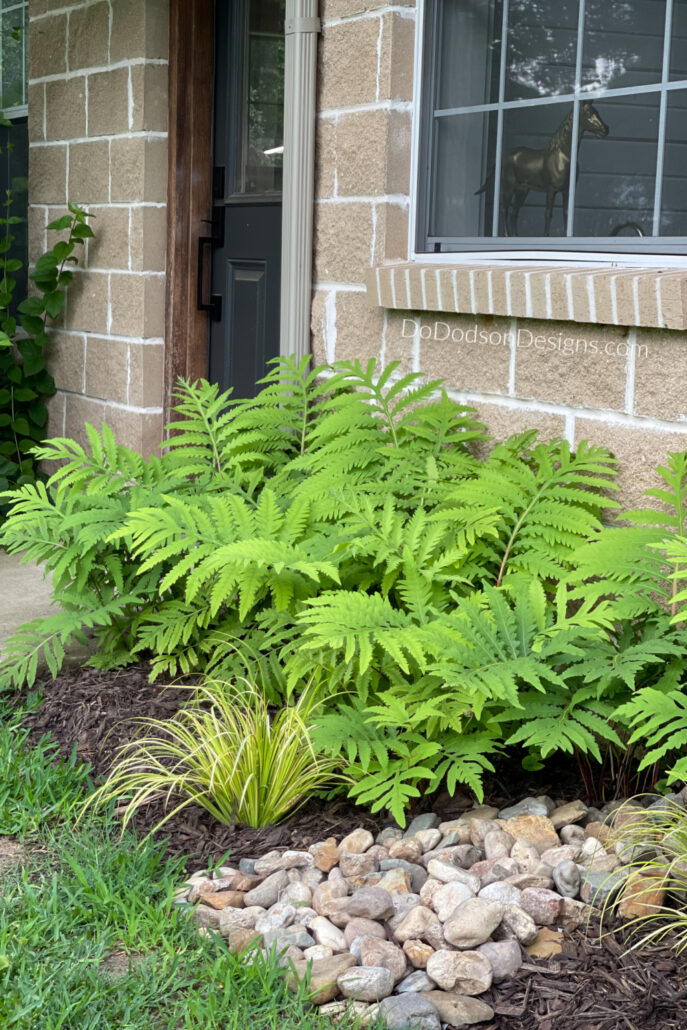
Tips for Adding Magnesium Fertilizer to Your Plant’s Soil
To properly add magnesium fertilizer to your plant’s soil, it’s important to test the soil first. I personally have never tested my soil. Soil testing kits are widely available and will help you determine the current mineral levels in your soil. Once you know what minerals are deficient, you can purchase a fertilizer that’s high in magnesium.
To add the fertilizer to the soil, mix it in with the soil around the root zone of the plant. Be sure to follow the manufacturer’s instructions carefully and avoid overfertilizing, as this can cause more harm than good.
How To Make Plants Greener When Watering
Another way to add magnesium to your soil is by adding Epsom Salt, which is made up of magnesium and sulfate, to your water. I simply dissolve 2 TBSP of Epsom Salt in 1 gallon of water and pour it onto the soil around the plants or into your garden containers once a month when watering. This also works well on houseplants.
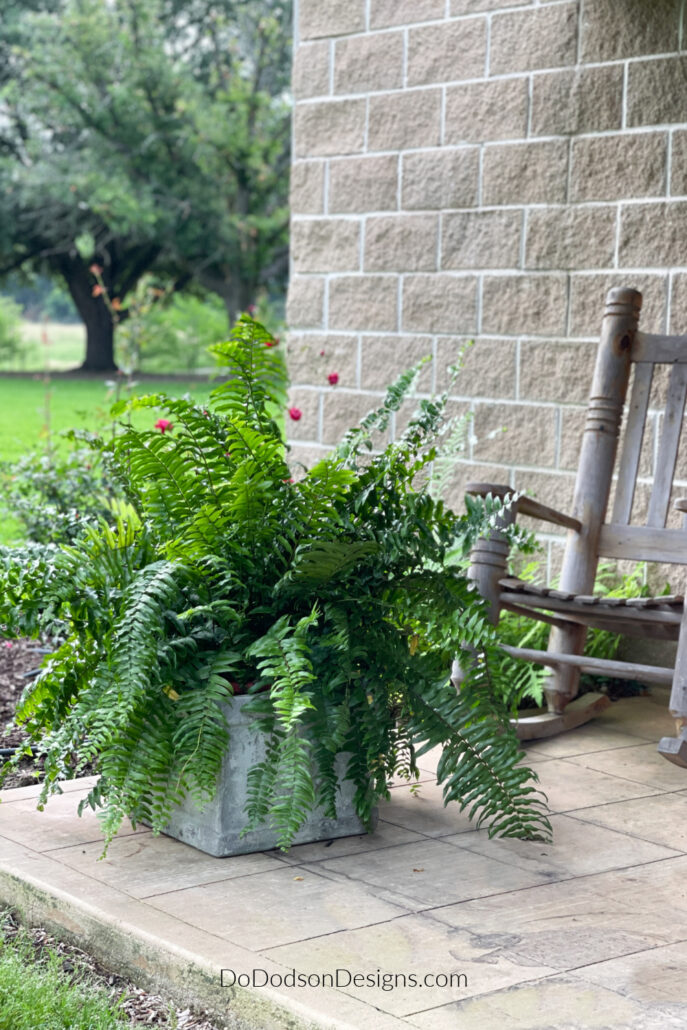
I LOVE ferns and have several in containers and throughout my gardens. About once a month, I fill a large container with magnesium and water (2 TBSP per gallon of water) and submerge the whole plant under the water until it’s well-saturated for about an hour. This method has done wonders for my ferns!
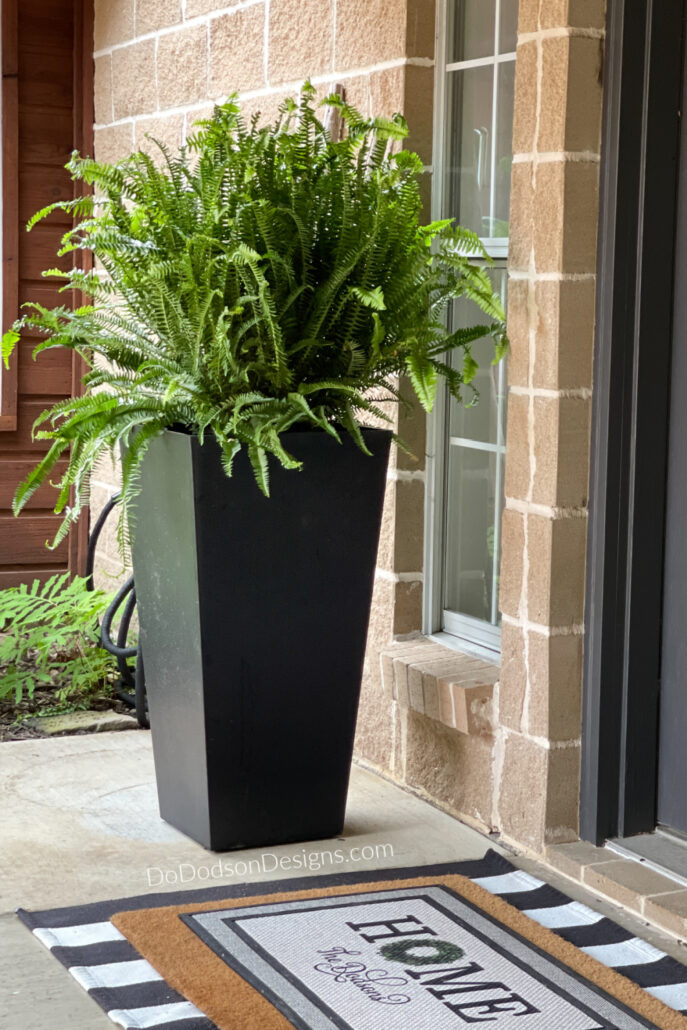
Again, be sure to use the correct amount and avoid overapplication.
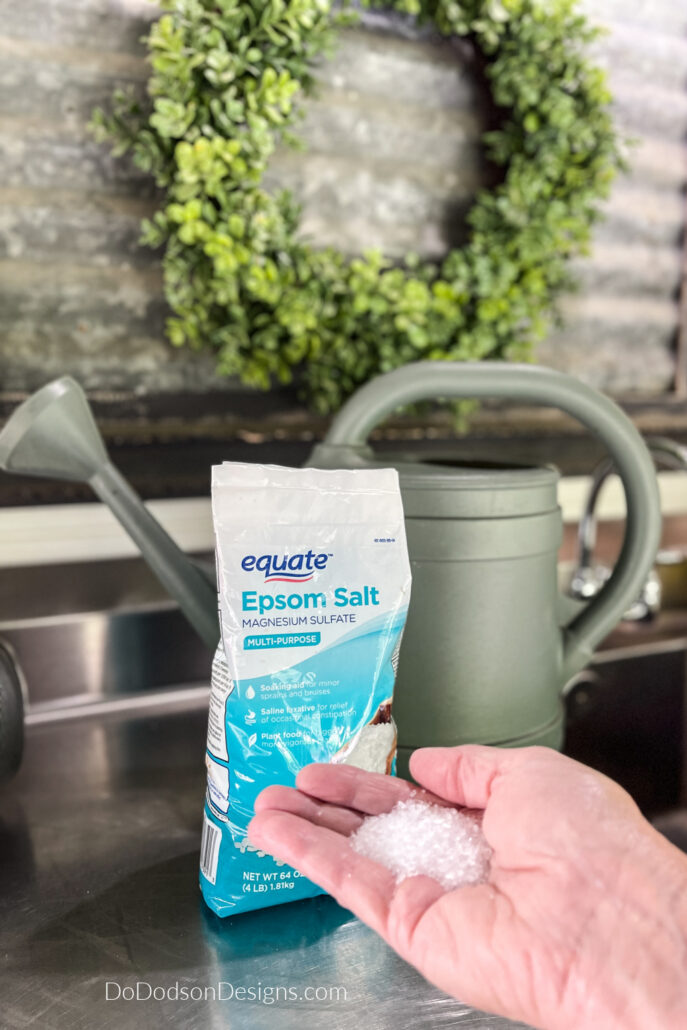
Admission of guilt here. I have never measured out Epsom Salt. I grab a small handful and toss it in the water jug. It has never failed me yet.
Precautions to Take While Adding Magnesium to Your Plants
While magnesium is an essential nutrient for plant growth, it’s important to take some precautions to avoid overapplication and potential harm to your plants. Here are a few tips to keep in mind when adding magnesium to your plants:
- Use the correct amount: It’s important to follow the recommended dosage for the specific type of magnesium supplement you’re using. Overapplication can be harmful to your plants and may even result in toxicity.
- Avoid applying magnesium during the hottest part of the day: Magnesium is best applied in the early morning or late afternoon when the sun is not as intense. Applying it during the hottest part of the day can lead to leaf burn.
- Do not apply magnesium to dry soil: Always water your plants first before applying magnesium. Applying it to dry soil can result in the magnesium burning your plant’s roots.
By being smart and cautious, you can ensure that your plants receive the proper amount of magnesium without causing harm. With the right care, your plants will look greener and healthier than ever before.
Get More Blooms
Epsom Salt… not just for medicinal purposes. I swear that my hydrangeas bloom better after a good dose of magnesium in the early Spring. Look how green the foliage is!
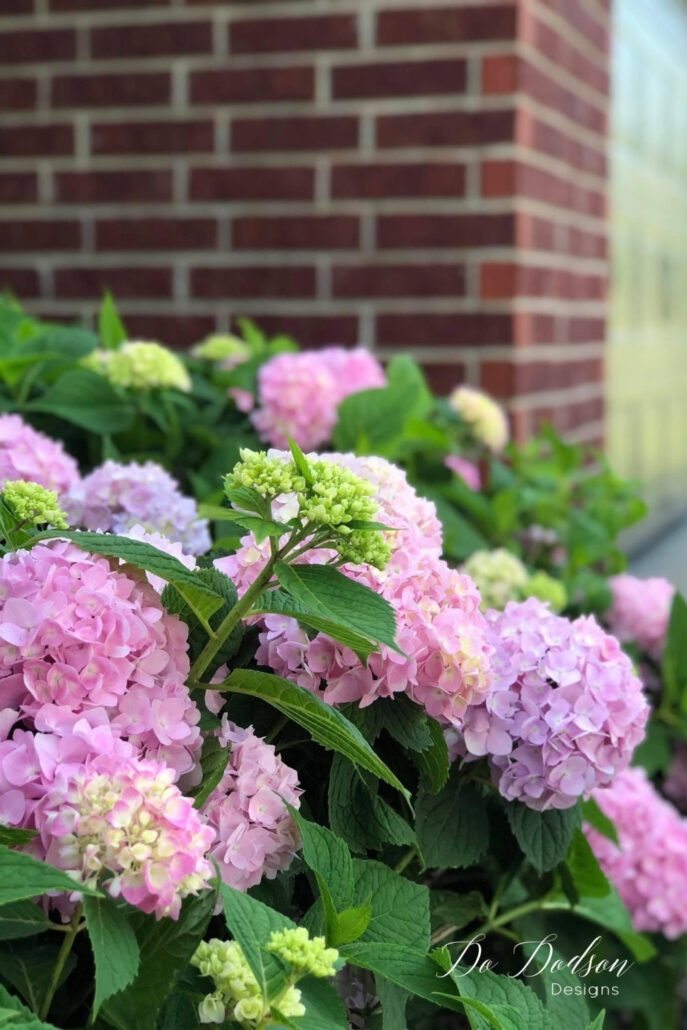
Incorporating magnesium into my plant’s care routine has made a significant impact on growth and color. Remember to start slow and be cautious while adding magnesium to the soil. With the right care and attention, you can give your plants the vibrant green color and healthy growth they deserve.
As gardener Ralph Waldo Emerson once said, “The Earth laughs in flowers.” So, let your plants bloom with radiance and joy with the secret ingredient of magnesium. Don’t be afraid to experiment and observe the results, and see if your green thumb can truly bring magic to your garden.
If you liked this post and found it helpful, let me know in the comment section below if you would like more gardening tips and tricks. Don’t forget to PIN this to your gardening board on Pinterest.
Until the next project… xo, Do

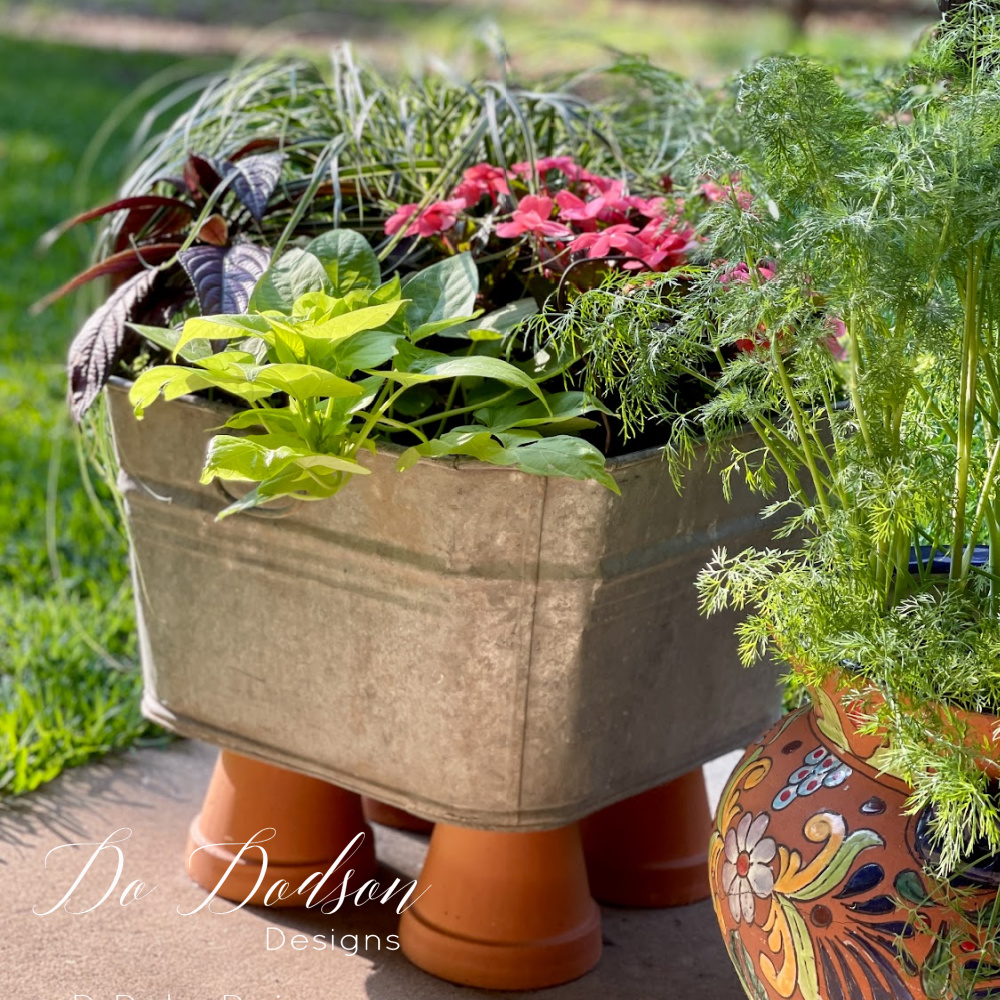
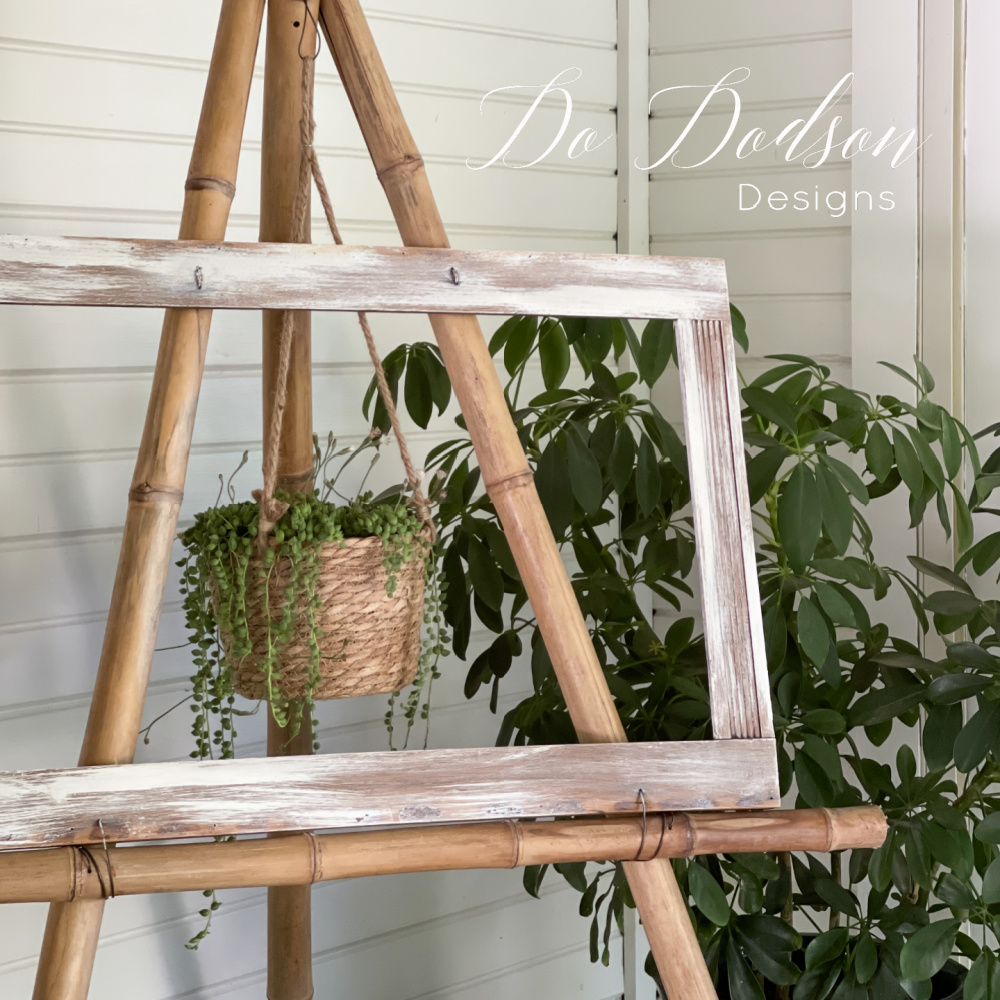
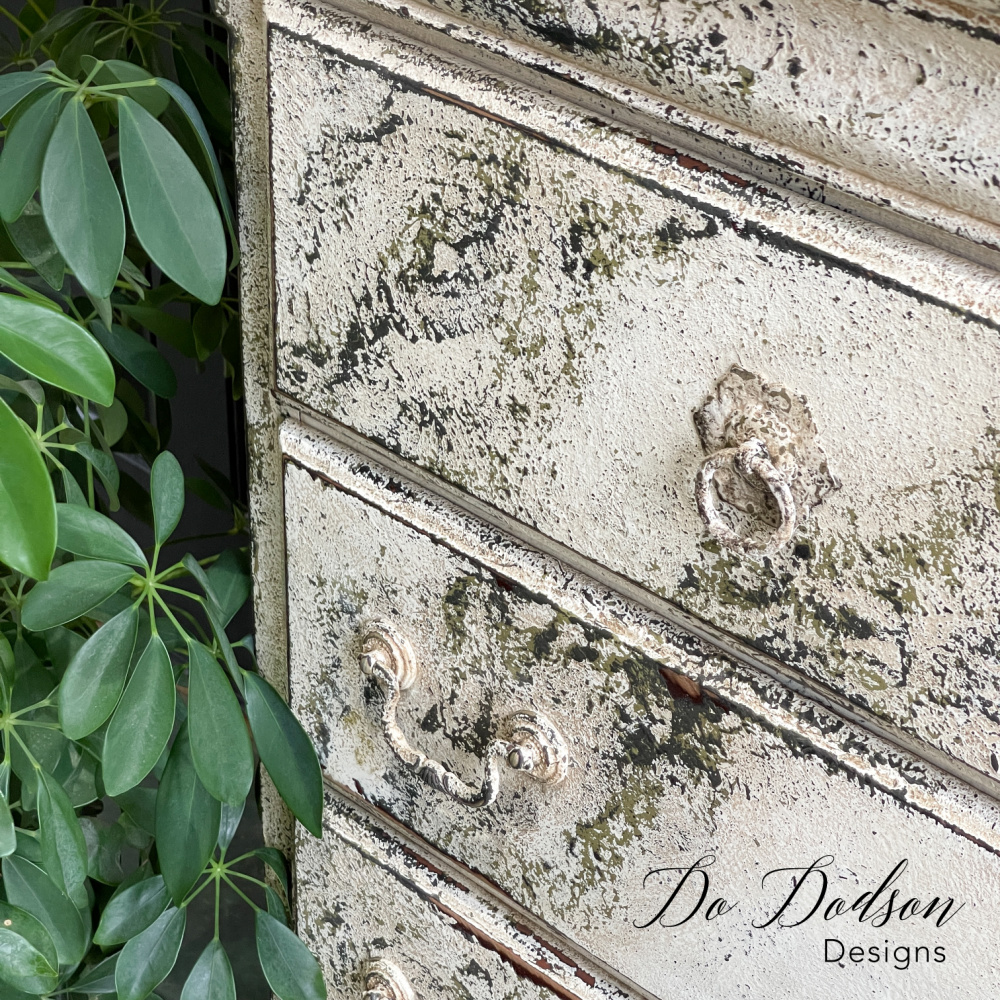
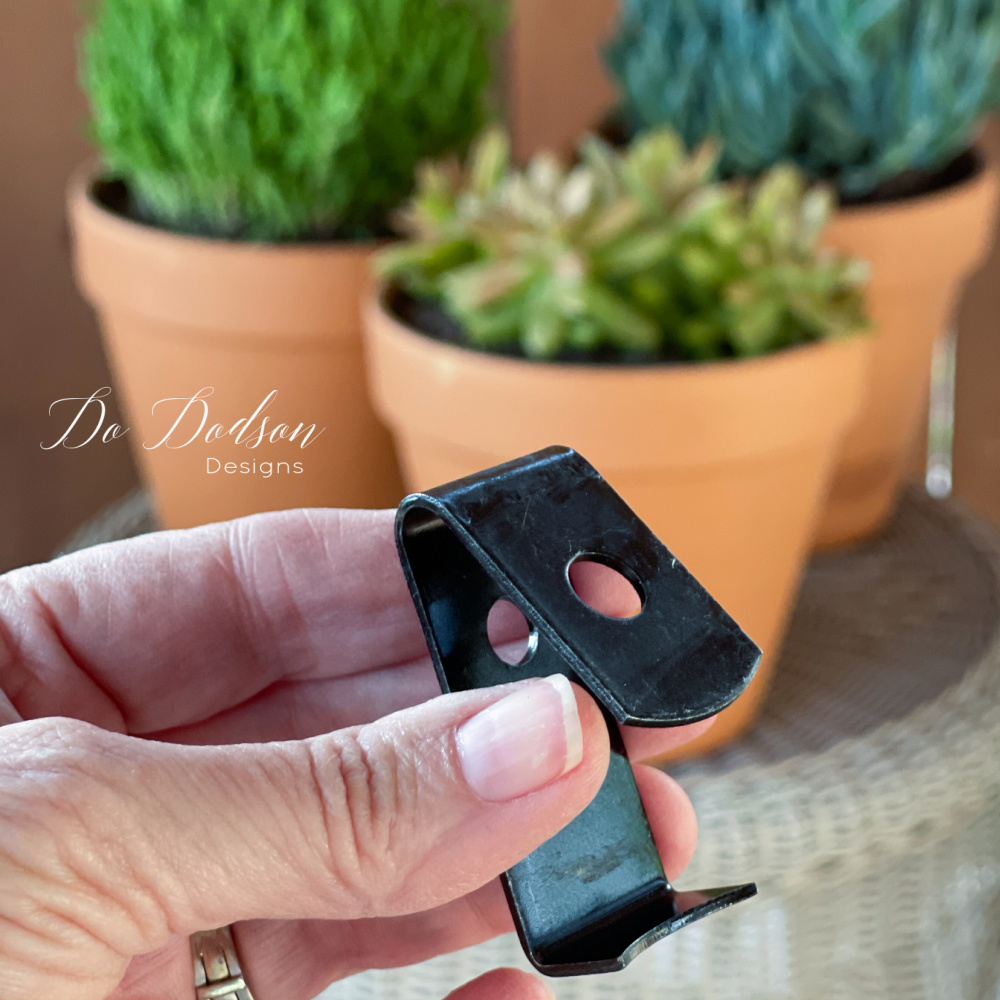
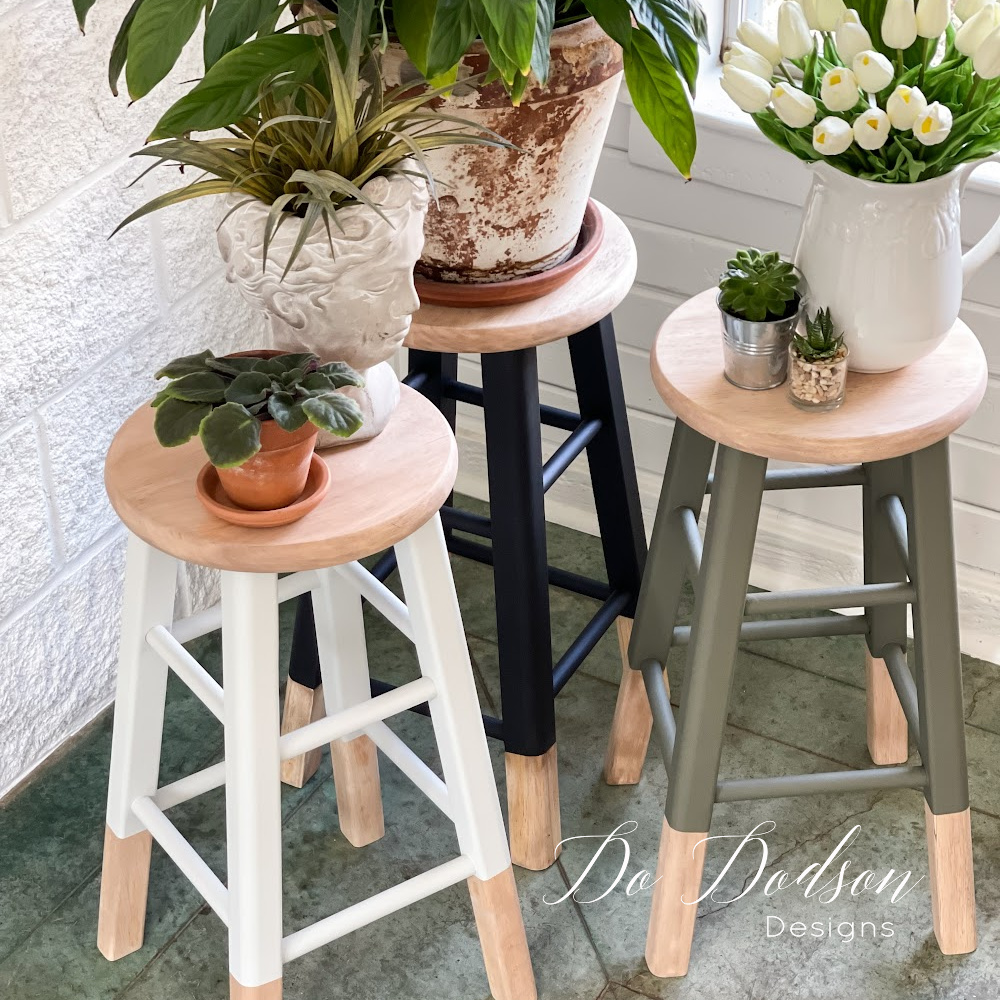
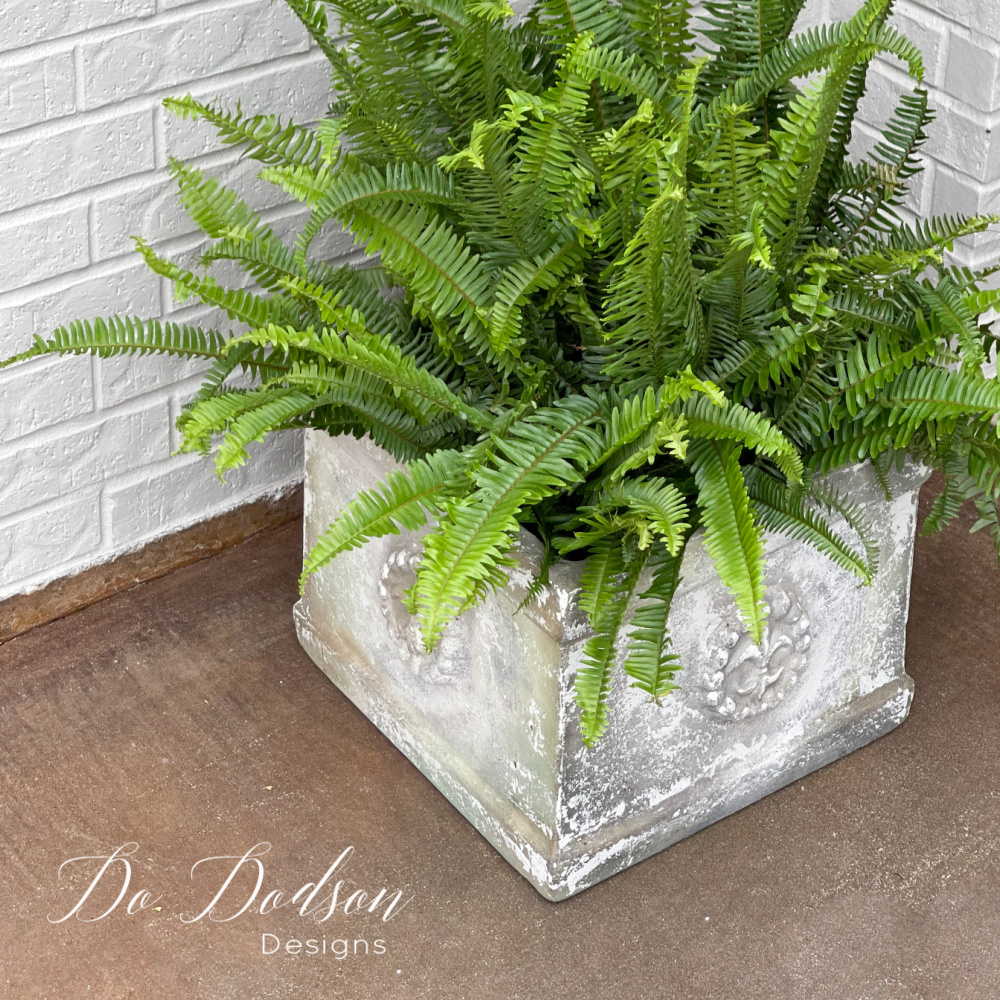
Great information, Donna. We’ll have to give it a try.
Hi Carol,
Let me know what you think. It really has helped mine a bunch. Have a beautiful week. 🙂 xo
This was so helpful! Thanks so much
Hi Darla! I’m so glad you found this article helpful. It really has helped my plants. Thanks for reading. 🙂 xo
I’ve never had good luck with ferns. I will give it another try. Thanks for all the info ❤
Hi Jennifer, You’re welcome and I hope this helps. 🙂 xo